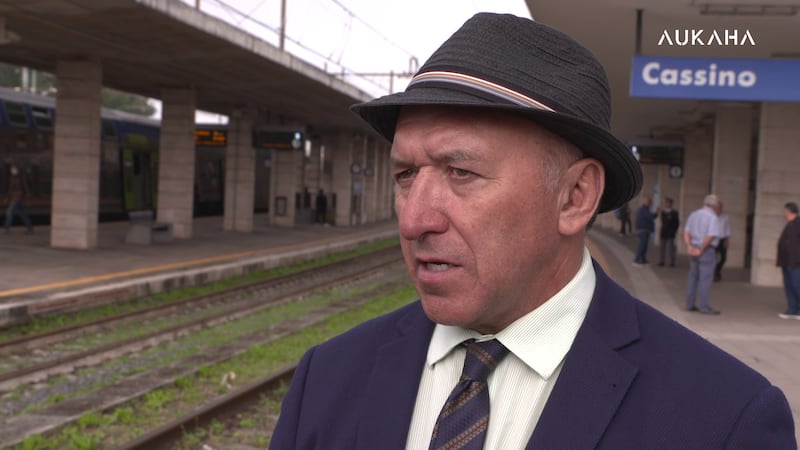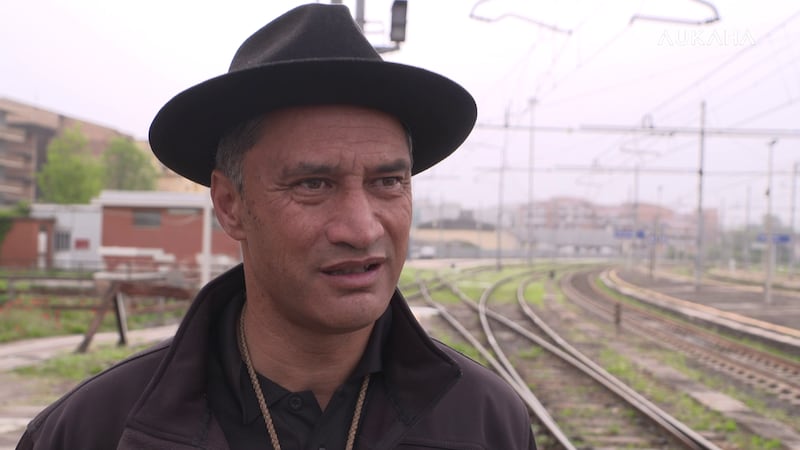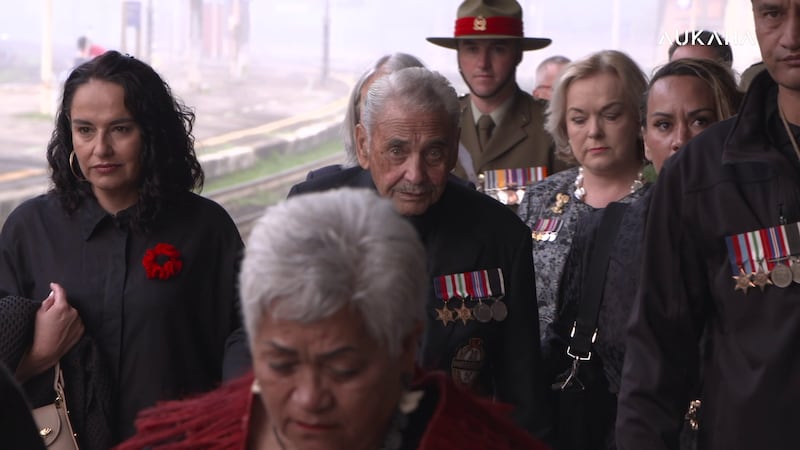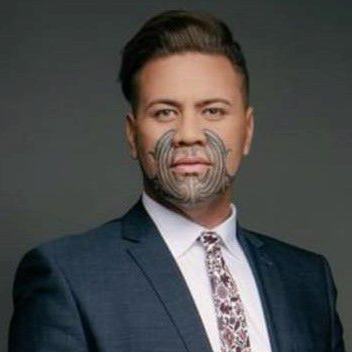Māori leaders commemorating the 80th anniversary of the battle at Monte Cassino in Italy have expressed frustration at the lack of tikanga Māori in official proceedings.
A Māori delegation, led by the 28 Māori Battalion’s last surviving soldier, Tā Rāpata ‘Bom’ Gillies, is there to honour ancestors and comrades who fell at Cassino.
Waitangi National Trust Chair Pita Tipene suggested the New Zealand Defence Force had overlooked the inclusion of tikanga Māori as part of the official commemorations.

“Te hanga nei kahore te NZDF e tino whakaaro hōhonu ana mō te āhuatanga o te Māori. Eh, ko te 28, he Māori, i mate, haere mai ki konei, i mate Māori ai. Na reira ko ngā whakahaere me Māori ka tika.”
“It seems the NZDF didn’t think too deeply about including Māori (in the official events). The Māori battalion came here, some died, so it’s only right that the services should include Māori.”
Ngāti Kahungunu chair Bayden Barber concursayred, saying the NZDF had done what it was supposed to but had left Māori out.

“Kahore kē au e tino pai ana ki ngā whakahaere i whakaritengia ai i te ata nei, inanahi, nā reira, te ruturutu, tōtō ngā kōrero i mua i te timatatanga tonu o tēnei kaupapa”.
“I wasn’t impressed with the way things happened this morning or yesterday. It was evident that tikanga wasn’t spoken about before the commencement of these commemorations,” he said.
According to the Māori Battalion website, of all the battles involving the Māori Battalion in the Second World War, none was more brutal or costly than the struggle for Cassino in early 1944.

On the night of 17/18 February 1944, the Māori Battalion attacked the town’s railway station, but when supporting tanks were unable to get through the soldiers were forced to withdraw under heavy fire. A and B Companies suffered terrible losses, with 128 out of 200 men killed, wounded or captured.
First Warrant Officer Brent Pene, the cultural advisor for the trip, maintainsed that the goal was always to strike the right balance between Māori and Pākeha in the customs and practices.

“That’s what the NZDF is about, bicultural,” he said.
Yesterday, the sole survivor of the Māori Battalion, Tā Rāpata ‘Bom’ Gillies was also frustrated at the lack of Māori cultural practices observed in official proceedings. He says the group was advised not to fly the Māori Battalion flag in the service at the Cassino memorial, advice he refused to follow.
When asked if he was still protesting, the 99-year-old said yes, adding “ka whawhai tonu ki ngā keha.”


